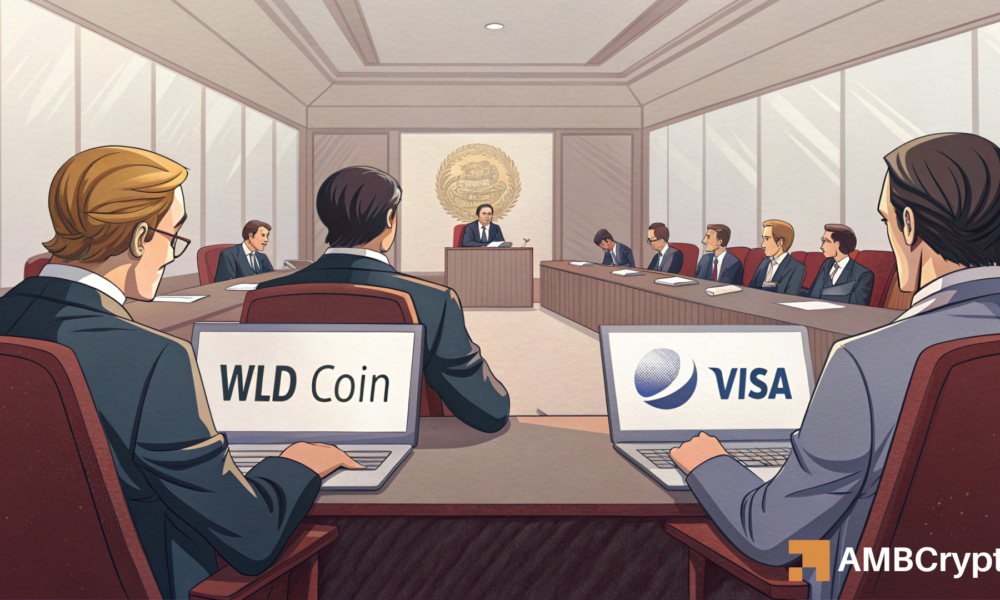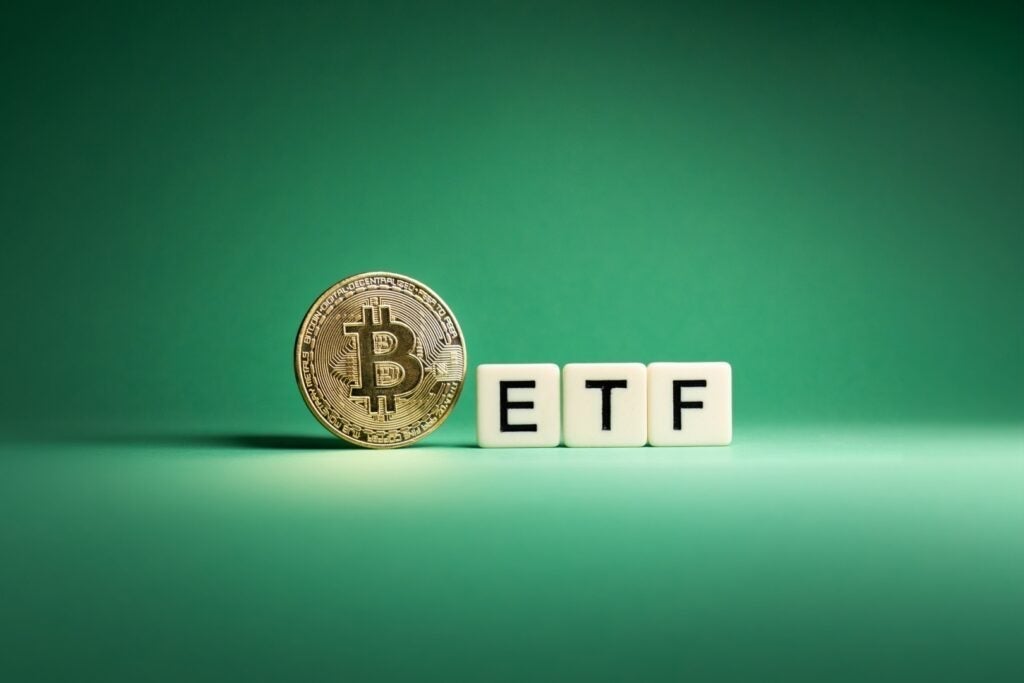Web3: A Regulatory Challenge
The Potential of Web3
Web3 is a decentralized Blockchain tech-powered revelation that has the potential to drastically improve all aspects of the modern internet. By utilizing Blockchain technology, Web3 aims to create a more transparent and secure online environment where users have more control over their data and transactions. This new paradigm has the power to revolutionize industries such as finance, healthcare, and supply chain management by enabling trustless transactions and removing the need for intermediaries.
The Regulatory Hurdles
However, there is a problem facing the widespread adoption of Web3 – regulatory scrutiny. Despite the potential of Web3 to democratize the crypto industry and bring about positive change, the regulatory challenges it is facing today are significant. The growth of Web3 has outpaced the development of the regulatory framework needed to govern it effectively. As a result, governments around the world are struggling to keep up with the pace of innovation in the decentralized space.
Impact on the Crypto Industry
The regulatory challenges facing Web3 are similar to those that traditional financial instruments have faced in the past. Governments are concerned about issues such as money laundering, tax evasion, and consumer protection in the decentralized space. As a result, they are cracking down on companies and projects that operate in the Web3 ecosystem, leading to uncertainty and potential setbacks for the industry as a whole.
Impact on Users
So, how will this regulatory scrutiny affect you as a user of Web3 technologies? The increasing regulatory pressure could result in stricter compliance requirements, increased fees, and limited access to certain services. As governments tighten their grip on the decentralized space, users may find it more challenging to engage in activities such as decentralized finance and non-fungible token trading.
Impact on the World
The regulatory challenges facing Web3 also have broader implications for the world at large. As governments grapple with how to regulate this new technology, there is a risk that innovation in the decentralized space could be stifled. This could hamper the potential of Web3 to bring about positive changes in areas such as financial inclusion, data privacy, and supply chain transparency. It is crucial for regulators to strike a balance between fostering innovation and protecting consumers in order to fully realize the benefits of Web3.
Conclusion
In conclusion, while Web3 holds tremendous promise for transforming the internet and revolutionizing industries, the regulatory challenges it is facing are significant. It is essential for regulators, industry players, and users to work together to create a balanced regulatory framework that promotes innovation while safeguarding the interests of all stakeholders. Only through collaboration and open dialogue can we unlock the full potential of Web3 and usher in a new era of decentralized technology.





